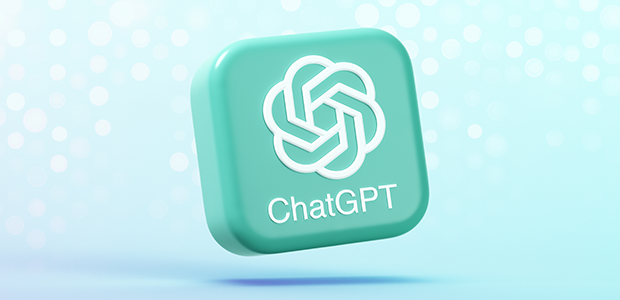
OpenAI transitions into a for-profit organisation
OpenAI announced the completion of its transition into a for-profit entity, a move that positions it to raise substantial investment and potentially pursue a future stock market listing.
The change marks a new phase in its long-standing partnership with Microsoft, a collaboration that began in 2019 with a shared vision to advance artificial intelligence (AI) responsibly and make its benefits widely accessible.
Since Microsoft’s initial investment, the partnership has evolved from a research-driven relationship into one of the most commercially significant alliances in the technology sector. The companies have now signed a new definitive agreement, establishing a refreshed structure that both strengthens their collaboration and creates scope for greater independence and innovation.
The transition includes the formation of a public benefit corporation (PBC), OpenAI Group PBC, which reflects the company’s mission to develop AI for the public good while maintaining a sustainable business model. Following recapitalisation, Microsoft holds an investment valued at approximately $135 billion, representing around 27% ownership, including shares held by employees, investors, and the OpenAI Foundation. Prior to recent funding rounds, Microsoft’s stake stood at 32.5%.
Despite OpenAI’s new corporate structure, the agreement maintains the essential elements that have defined the partnership. OpenAI remains Microsoft’s frontier model partner, and Microsoft continues to hold exclusive IP rights and Azure API exclusivity until the arrival of Artificial General Intelligence (AGI).
Key developments in the new agreement
The refreshed partnership agreement refines and expands several key provisions to provide clarity and flexibility as both companies advance their strategic goals.
- Verification of AGI: once OpenAI declares AGI, an independent expert panel will verify the declaration to ensure objective validation of the milestone
- Extended IP rights: Microsoft’s IP rights for models and products extend through 2032 and now include post-AGI models, provided safety guardrails are in place
- Research IP definition: Microsoft retains rights to research IP – defined as confidential methods used in developing models and systems – until either AGI is verified or through 2030, whichever occurs first. This includes internally deployed models but excludes model architectures, weights, inference or fine-tuning code, and any IP related to data centre infrastructure
- Consumer hardware exclusion: Microsoft’s IP rights no longer cover OpenAI’s consumer hardware
- Third-party collaboration: OpenAI can now jointly develop products with third parties. API-based products remain exclusive to Azure, while non-API products may be deployed on other cloud platforms
- Independent AGI pursuit: Microsoft is now able to pursue AGI independently or in collaboration with third parties
- Compute thresholds: if Microsoft uses OpenAI’s IP to develop AGI before its official declaration, it must adhere to compute thresholds significantly larger than those used in current leading models
- Revenue share continuation: the existing revenue-sharing agreement remains in place until AGI verification, though payments will be spread over a longer period
- Azure commitment: OpenAI commits to purchasing an additional $250 billion in Azure services, while Microsoft no longer holds a right of first refusal as its compute provider
- National security access: OpenAI is now permitted to offer API access to US government national security customers, regardless of the chosen Cloud provider
- Open-weight models: the company is authorised to release open-weight models that meet defined capability and safety criteria
The updated agreement balances mutual benefit with strategic independence. Microsoft retains privileged access to OpenAI’s technologies, supporting continued integration of cutting-edge AI into Azure and Microsoft products. Meanwhile, OpenAI gains the flexibility to explore new collaborations and expand its offerings across different ecosystems.
For more startup news, check out the other articles on the website, and subscribe to the magazine for free. Listen to The Cereal Entrepreneur podcast for more interviews with entrepreneurs and big-hitters in the startup ecosystem.

